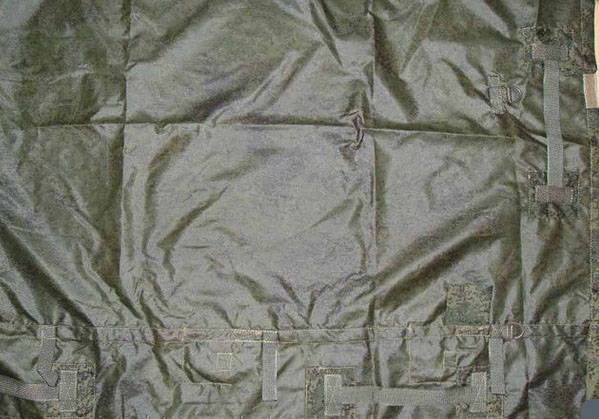
the bread even as a realistic texture, and a tiny spoon. A neat little addition is a blanket, with loaf of bread which as been sliced up.
Figure D kneeling stirring a cooking pot over a fire. Figure B (officer) standing with one leg raised eating from mess tin, with map case and pistol holster. The figures are as follows (in no particular order) There is a little flash/seam lines present (again nothing a sharp blade can't cure), and care will be needed when removing parts from the sprues so the stitching on the Telogreika aren't damaged this is helped by MiniArt's careful location points (only the elbows are a problem). My only comment is that the Ushanka look on the small side and sit quite high on the heads nothing a bit of sanding and epoxy putty can't put right easily. The figures can stand alone, as a group, but E and C are definitely a pair obvious from the box-top. The Telogreika are finely done and will benefit from careful painting to show off the detail, and the officer's greatcoat is suitably thin but can be improved with a little attention from a sharp blade to make thinner. The faces are particularly impressive very well detailed with individual expressions/features. If wanted there could be some degree of inter-changeability between parts. The officer has an extra part which is a greatcoat flap. The figures are typical multipose consisting of a pair of legs, arms and a torso, with a separate head and cap. The kit enables the builder to make five figures, four wearing Telogreika, the fifth (depicting an officer) in greatcoat all wear Ushanka. In my experience soldiers are rarely more than an arms distance from their personal weapon, equipment ( in the British Army we often slept with our weapons in our sleeping bags, with webbing for a pillow, we kept it that close). I reckon 2x PPSH41, 1x Mosin Nagant rifle, appropriate ammunition pouches, and water bottles should be present, as per the box art! Naughty MiniArt.if it's on the box it should be in the box. The first thing I noticed though was that the box art (front and construction artwork) shows a selection of personal equipment and weapons these aren't supplied. These figures are also supplied in MiniArt's Zis2 57mm anti tank gun, and are listed as ‘Soviet Gun Crew at Rest' in their catalogue. The sprues aren't numbered a separate drawing is supplied with these, but this is no detriment due to the small number of parts presented. The sprues rattled about a bit inside due the box being about 70% larger than it needs to be but nothing was damaged. Upon opening the box I found two small sprues in a plastic bag with 55 parts to make five figures with accessories. The colours quoted are consistent with other manufacturers and my references. The construction and painting instructions are on the back, with a list of paints needed from 6 suppliers including Vallejo, Tamiya and Humbrol. The artwork by Andrey Karaschuk is excellent and gives a good indication of what you can do with the kit. The first thing that struck me was the quality of the box art.enough to inspire me to buy the kit. 
Gas mask cases were slung on their own strap cross body, as were map cases etc. A simple leather or canvas belt, with the appropriate ammunition pouch(s), water bottle, and entrenching tool was common.

Personal equipment depended on role and type of weapon issued, but was basic nonetheless. The standard boots were black calf length leather ‘jackboot' type. The standard infantry helmet was initially the M36 (with the distinctive comb on the top) later replaced by the M40. the "Ushanka".The Telogreika consisted of two layers of material with strips of cotton wool sown vertically in between giving it a distinctive quilted look. Early in the conflict winter wear consisted of rain capes ("Plash-Palatka")or greatcoats ("Kaftan").ĭuring 1940/41 depending on your references (I suspect 1941) a padded winter uniform, the "Telogreika" was issued, with a fur lined/trimmed cap. The usual form of headgear was the side cap "Pilotka". The principal uniform of the Soviet soldier during WWII was a simple tunic called "Gymnostroika", made of a khaki material with matching trousers called "Sharovari".






 0 kommentar(er)
0 kommentar(er)
